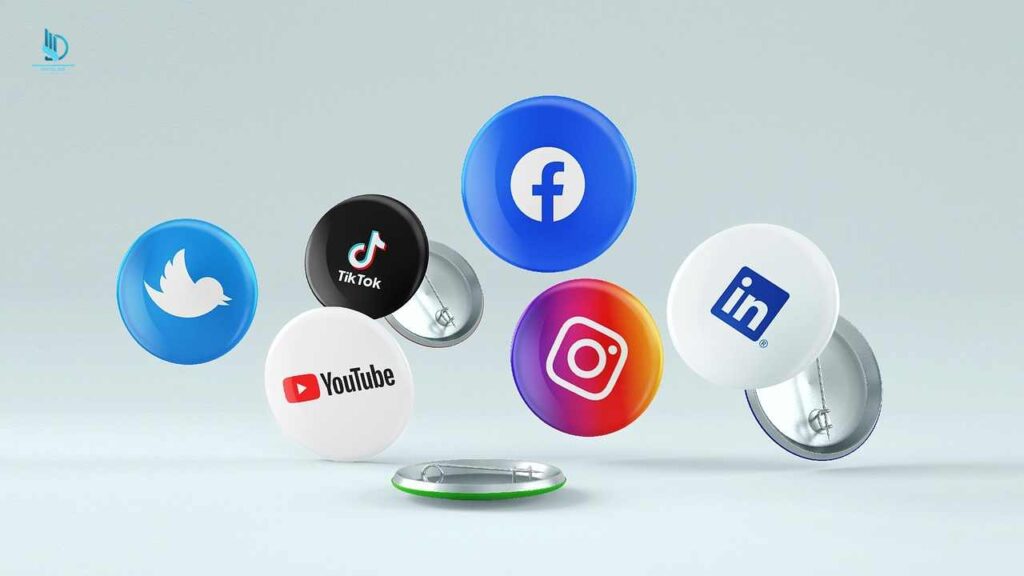In today’s digital era, managing social media can feel like a daunting task, especially with multiple platforms to cover and a variety of content types to create. A well-structured social media content calendar is key to simplifying this process. It allows businesses and individuals to plan, organize, and publish content efficiently.
In this guide, we’ll walk you through creating an effective social media calendar, ensuring that your strategy aligns with your business goals while maximizing audience engagement.
What is a Social Media Content Calendar?
A social media content calendar is a strategic tool that outlines the types of content to be posted, the platforms where it will be shared, and the schedule for these posts. It ensures consistency, helps track performance, and keeps your audience engaged with timely updates.
By developing a clear plan for your social media activities, you can align your content with business goals, anticipate trends, and react swiftly to market changes.
Why Do You Need a Social Media Content Calendar?
A well-developed social media calendar ensures consistency, aids in time management, and improves the overall quality of your posts or you can hire a digital marketing company for posting on social media. Instead of scrambling to post content daily, you can map out your posts in advance.
This helps prevent errors, reduces stress, and ensures you’re consistently engaging your audience.
Key Benefits of a Social Media Content Calendar
- Consistency Across Platforms Consistency is crucial for growing your audience. A well-planned content calendar ensures that your brand voice remains uniform across all platforms. Scheduling regular posts helps build a strong online presence and keeps your followers engaged.
- Time Management and Efficiency Without a content calendar, you’re constantly improvising your social media strategy. Planning ahead allows you to batch-create content, making the process more efficient and saving you time.
- Strategic Content Distribution A calendar allows you to coordinate your content with specific campaigns, product launches, or holidays. This strategy can help you maximize engagement by posting relevant content at the right times.
- Better Tracking and Analytics Planning your content in advance helps track the performance of each post. You can analyze what type of content works best and refine your future strategy accordingly.
How to Create a Social Media Content Calendar
Building a comprehensive social media content calendar requires a systematic approach. Below are the steps to guide you through the process.
1. Identify Your Goals and KPIs
Before diving into creating your content, it’s essential to define the goals of your social media strategy. Whether you’re looking to increase brand awareness, drive traffic, or generate leads, having clear objectives will shape your content calendar.
Once you’ve outlined your goals, define Key Performance Indicators (KPIs) that will help you measure the success of your social media efforts.
2. Audit Your Current Social Media Strategy
Before you start adding content to your calendar, it’s important to evaluate your existing social media performance. What’s working? What’s not? Auditing your current strategy provides insights into which types of content resonate with your audience, helping you optimize your future posts.
Key Areas to Audit:
- Engagement Rates: Measure likes, shares, and comments.
- Audience Demographics: Ensure your content targets the right audience.
- Platform Performance: Identify which platforms yield the highest returns.
3. Choose the Right Social Media Platforms
Not all social media platforms serve the same purpose, and your brand may not need to be present on every single one. Instead, focus on the platforms where your audience is most active.
- Facebook: Great for broad engagement and community building.
- Instagram: Best for visual content and reaching younger audiences.
- Twitter: Perfect for short, timely updates and engaging with trending topics.
- LinkedIn: Essential for B2B marketing and professional engagement.
Also Read: – Marketing Goals for Facebook Ads with Campaign
4. Develop Content Themes and Categories
Having a variety of content types and themes ensures that your calendar remains dynamic. Repetitive or monotonous content can cause a drop in engagement, so it’s essential to mix things up.
Examples of Content Categories:
- Educational: Share tips, tutorials, or how-tos related to your industry.
- Promotional: Promote new products, services, or special offers.
- Engagement-Based: Run polls, ask questions, or encourage user-generated content.
- Behind-The-Scenes: Give followers a glimpse into your company culture or daily operations.
5. Plan Your Posting Frequency
How often should you post? The answer largely depends on your audience and platform. Each social media platform has its own best practices for posting frequency. For instance:
- Instagram: 3-7 times per week
- Facebook: 1-2 times per day
- Twitter: 5-10 tweets per day
- LinkedIn: 1-5 times per week
Use these numbers as a starting point but adjust based on your analytics and audience engagement.
6. Use Tools to Automate and Schedule Posts
Automation tools can simplify the task of managing multiple social media accounts. Platforms such as Hootsuite, Buffer, or Later allow you to schedule posts in advance, track analytics, and engage with followers—all in one place. These tools will ensure that you remain consistent with your posting schedule.
7. Collaborate with Your Team
If you’re part of a larger team, collaboration is essential. Use tools like Google Sheets or Trello to create shared calendars. Team members can easily contribute ideas, add content, and make adjustments in real-time.
8. Optimize Your Content for Each Platform
Not all content works well on every platform. While a lengthy blog post might perform well on LinkedIn, a short, snappy video may be more suited for Instagram. Tailor each piece of content according to the platform’s best practices.
Optimization Tips:
- Hashtags: Use relevant hashtags to boost visibility, especially on Instagram and Twitter.
- Image and Video Dimensions: Ensure images and videos are optimized for platform-specific dimensions.
- Call to Action (CTA): Always include a strong CTA to guide your audience toward the next step.
9. Track, Analyze, and Adjust Your Calendar
Once your social media content calendar is in motion, it’s crucial to monitor its performance. Use platform analytics to track how your posts are performing. Based on these insights, you can tweak your future content to better meet your audience’s needs.
Key Metrics to Track:
- Engagement: Likes, comments, shares, and clicks.
- Reach: The number of unique users who see your post.
- Conversions: The number of users who took a desired action (e.g., clicking a link or making a purchase).
Best Practices for Maintaining a Social Media Content Calendar
1. Plan Ahead, but Stay Flexible
While it’s important to plan, it’s equally essential to stay agile. Trends change quickly, and being able to respond in real time can help capitalize on new opportunities. Leave some room in your calendar for spontaneous posts or content that aligns with breaking news or viral trends.
2. Use Automation Tools
There are several tools available that can help automate your social media posting, such as Hootsuite, Buffer, or Sprout Social. These tools not only schedule posts but also provide analytics to measure performance and streamline your workflow.
3. Regularly Update the Calendar
A content calendar is a dynamic document. As your goals evolve or market conditions change, your calendar should be updated to reflect these shifts. Regular updates ensure that your content strategy remains relevant and effective.
4. Incorporate User-Generated Content
User-generated content (UGC) is a powerful tool for increasing engagement and authenticity. Encourage your followers to share their experiences with your products or services, and feature these posts in your calendar. UGC builds community and fosters trust.
5. Stay Consistent with Brand Voice
Whether it’s a tweet, a blog post, or a LinkedIn update, consistency in tone and style across all platforms is crucial. Ensure your brand voice is reflected in every post to maintain credibility and establish a stronger connection with your audience.
Tools for Managing Your Social Media Content Calendar
Managing a content calendar across multiple platforms can be overwhelming, but several tools make this process seamless:
- Trello: A visual tool that helps teams organize and prioritize content in a user-friendly manner.
- Google Sheets: An excellent, cost-effective way to keep track of your social media plans.
- Hootsuite: An all-in-one platform for scheduling posts, monitoring social media activity, and tracking performance.
- CoSchedule: A comprehensive marketing calendar that integrates seamlessly with other digital tools, allowing for easy collaboration.
Conclusion
A well-organized social media content calendar is the backbone of any successful digital marketing strategy. By planning your content in advance, aligning it with your goals, and consistently analyzing its performance, you can significantly increase your reach, engagement, and conversions.
Remember, while a solid free plan is important, adaptability is equally key to keeping up with the fast-paced world of social media.




